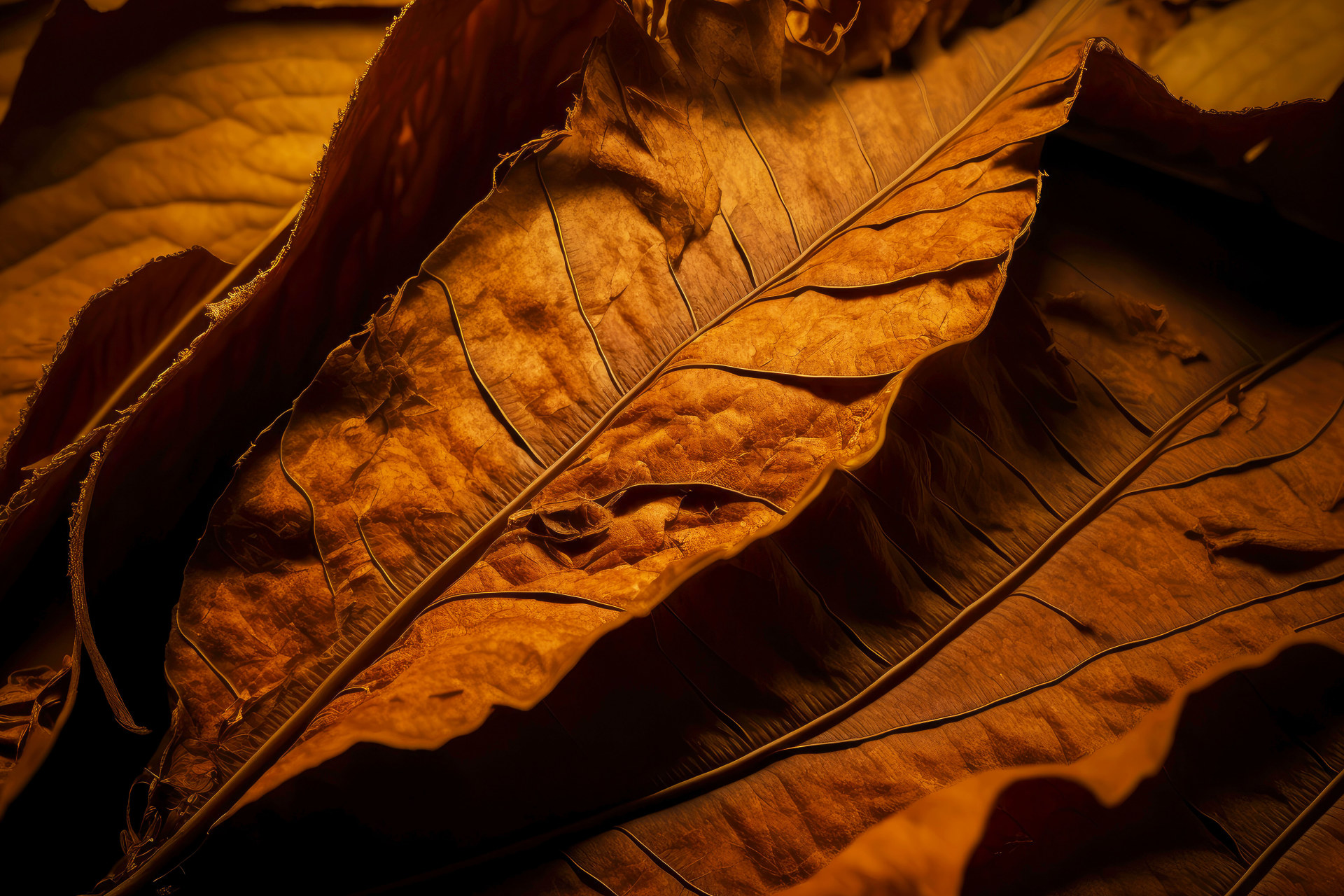History of Tobacco in the Native Indigenous Culture

Tobacco in Indigenous Cultures Before European Arrival
Nicotiana rustica, the kind of tobacco that calls North America home, was kicking around long before Europeans decided to drop by. My journey into its significance kicked off on a crisp autumn morning, right on the lands that have known tobacco’s touch for eons. Indigenous folks didn’t just stumble upon tobacco; they were in sync with their environment, nurturing it in its native digs. These early gigs with tobacco set the stage for its sacred role in Indigenous circles.
Ceremonial Use of Tobacco
The heart and soul of tobacco shine brightest in the ceremonies and spiritual practices of Indigenous tribes. Picture this: the first time I caught a smudging ceremony, the air thick with tobacco smoke, an offer to the Creator. Each tribe wraps tobacco with its own vibe, often pitching it as a bridge between here and the beyond, a high-five to the spirits above.
Medicinal Applications of Tobacco
But wait, there’s more. Beyond its spiritual street cred, tobacco also rocked the Indigenous medicinal world. From easing pain to acting as nature’s antiseptic, the uses were as varied as the tribes themselves. Ever heard of using tobacco smoke to patch up wounds? That’s old-school wisdom at its finest, showcasing the deep well of knowledge passed around like a hot potato among tribes.
Tobacco as a Social and Trade Commodity
Then tobacco took a left turn (for the worse?), becoming the life of the party in social hangs and trade networks. It went beyond the sacred, turning into a peace pipe of sorts during chinwags. Trading tobacco, especially with the early European settlers, was like opening Pandora’s box, shifting its sacred journey towards commodity lane.
Cultivation and Harvesting Practices
Digging into the cultivation side of things, growing tobacco was more than just playing in the dirt; it was a spiritual huddle. The traditional ways are a shout-out to living in sync with Mother Nature, from seed to smoke. This vibe, kinda lost in translation with the European playbook, spotlights the vast divide in how cultures view the humble tobacco plant.
Challenges and Changes with European Contact
When Europeans hit the scene, it was a game-changer for Indigenous tobacco traditions. The whole commercial gig and the smoke-fest that followed buried its sacred roots, but Indigenous communities aren’t throwing in the towel. They’re holding onto these traditions like a badge of honor, spotlighting the need to keep these practices alive and kicking. Native cigarettes are quite popular amongst Canadians who seek a tastier-alternative to the mass produced sticks, and one that’s much more refined and surprisingly cheap cigarettes available online or through reservations.
Canadians who are looking for a more refined and surprisingly cheap cigarette option online that tastes better than mass-produced sticks are drawn to Native cigarettes, which can also be purchased in-person through traders on Indigenous reservations.
At its core, tobacco for Indigenous peoples is like the internet for us today—pretty darn central. As we wrap our heads around its key role in Indigenous cultures, let’s tip our hats to supporting Indigenous-led missions to keep these traditions thriving. Diving into tobacco’s sacred legacy is a ticket to appreciating Indigenous cultures on a whole new level, paving the way for respect and preservation.

